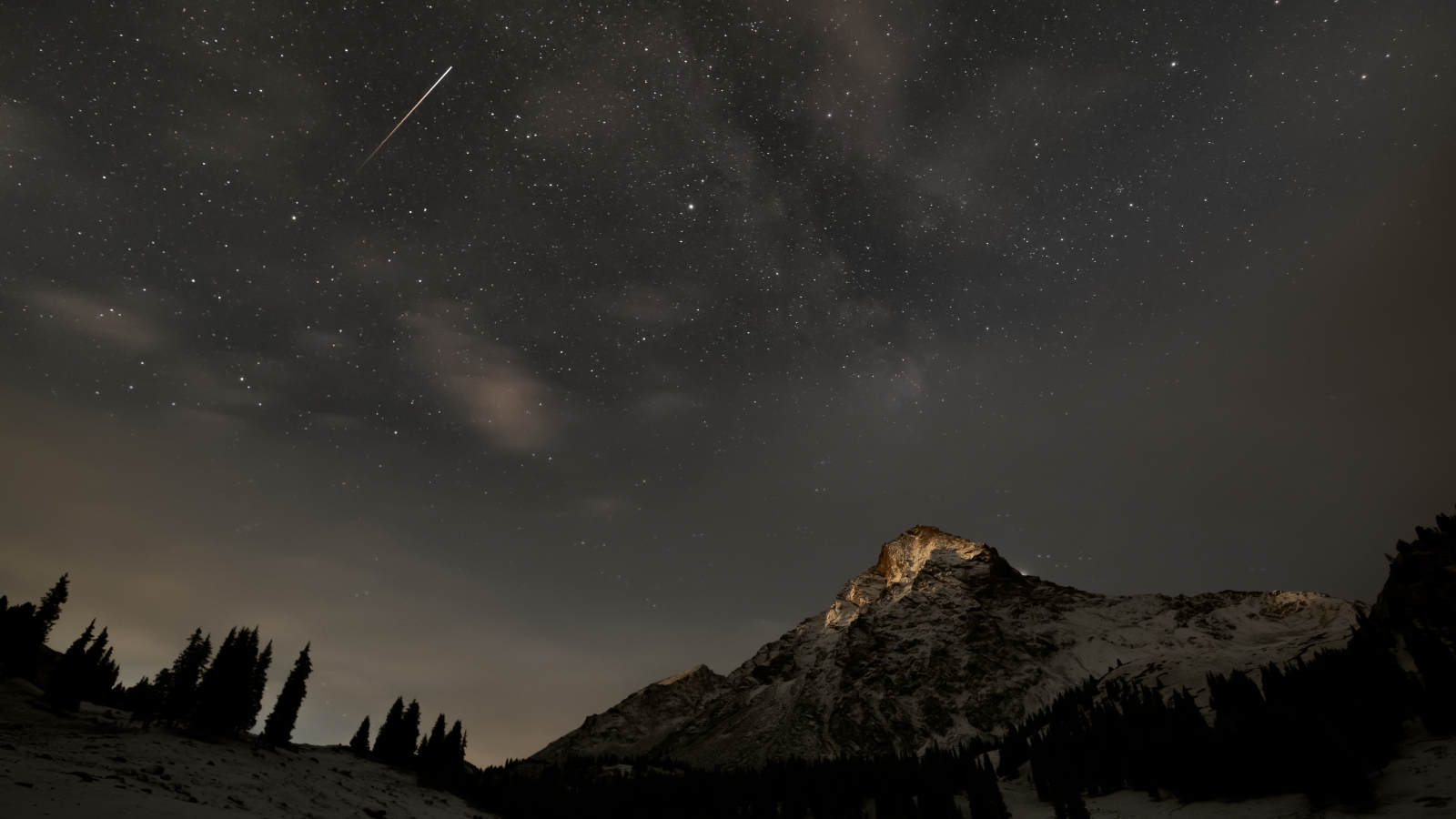Welcome Fall! Autumn Equinox Is Saturday


Get ready for leaves to change color and cooler temperatures to set in: tomorrow (Sept. 22) marks the first day of fall.
Autumn officially begins at 6:49 a.m. EDT (14:49 UTC) on Saturday — the autumnal equinox, so named because on this day, day and night are both 12 hours long at the equator.
Of course, after this point, days will begin to shorten in the Northern Hemisphere and lengthen in the Southern Hemisphere (where the equinox marks the beginning of spring). The change in day length is the result of the Earth beginning to move in its orbit so that its 23.5-degree tilt will have the Northern Hemisphere pointed away from the sun and the Southern Hemisphere pointed toward it (this happens completely at the winter solstice, which occurs on Dec. 21 this year.)
While the equinox fell on Sept. 22 this year, its exact time and date varies from year to year because of Earth's irregular orbit and the imperfect matchup of the calendar with that orbit.
The shortening of the days and colder temperatures lead to many noticeable changes in the Northern Hemisphere, perhaps most famously the spectacular colors of tree leaves as the plants prepare for their winter hibernation. The cues of cold and less light cause the leaves to stop producing the green pigment chlorophyll (which plants use for photosynthesis); as the green disappears, orange and yellow pigments (depending on the type of tree) that are always present in the leaves begin to shine through. [Leaf Peeper Paradise: Autumn's Best Colors]
The red pigments seen in some leaves beneficially act as sunscreen, by blocking out harmful radiation and shading the leaf from excess light. They also serve as antifreeze, protecting cells from easily freezing, and as antioxidants.
One researcher at the State University of New York in Syracuse has said the fall leaves in the Northeast could be particularly colorful this year, thanks to lower than average levels of rain, which stresses trees and causes them to start protecting themselves for the winter.
Get the world’s most fascinating discoveries delivered straight to your inbox.
Fall is also famous for the migrating flocks of birds that fill the skies as they head south for the winter, away from the colder temperatures.
And while the weather trends cooler, it can also be stormy. Like spring, fall is a transitional weather period, when masses of warm and cool air are more likely to collide and create the thunderstorms that spawn tornadoes. November is actually known as the "second tornado season." These fall tornadoes typically hit Dixie Alley (in the Southeast) more than the traditional Tornado Alley, and because of the shortening days, tornadoes are more likely to hit at night than they are in the spring. Nighttime tornadoes are particularly dangerous and deadly because they can hit when people are asleep and not aware of the weather.


